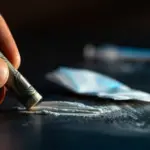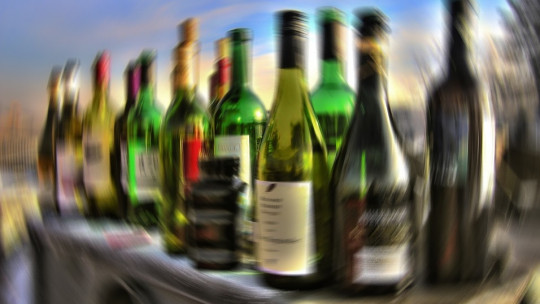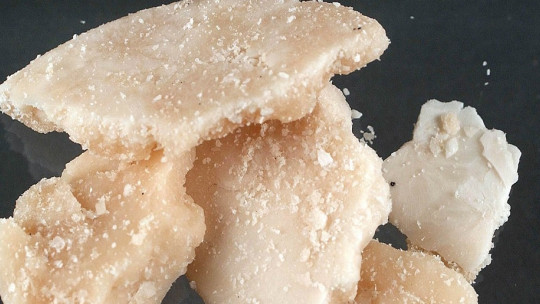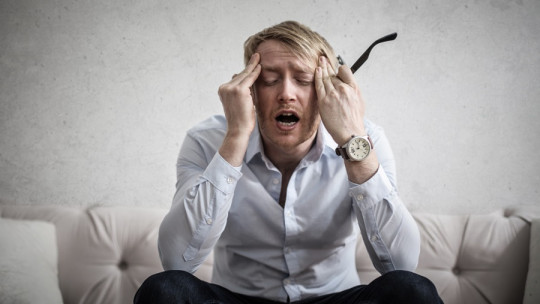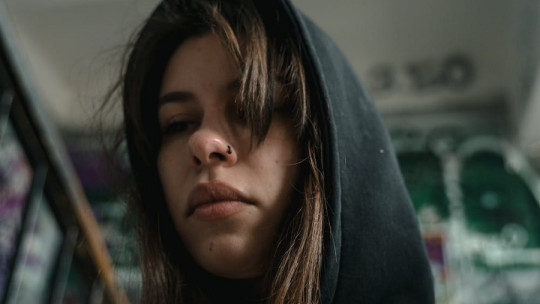
Cocaine addiction is a relatively common disorder among people who regularly use drugs, and its effects are very harmful in the short and long term.
To better understand this addictive disorder, let’s see what one of its essential characteristics consists of: cocaine craving
What is craving?
Craving is a phenomenon that occurs in the context of addiction and consists of a strong urge to consume the drug to which the person is addicted
It is a terminology in the English language that we use in Spanish due to the difficulty of finding an exactly analogous word in our language. The literal translation from English could be “desire,” “craving,” or “impetuous longing.”
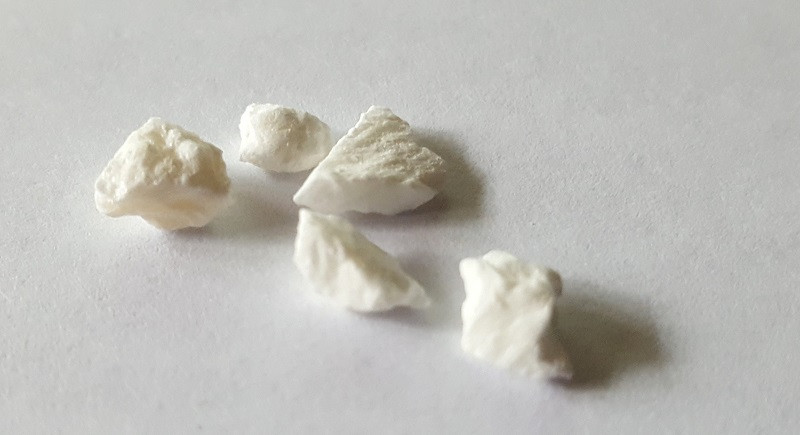
Craving is one of the essential elements in any substance addiction disorder and plays an essential role in relapse of people who have to detoxify the substance in question.
Since it is a personal experience, craving does not affect everyone in the same way. There are even different types of craving that also act differently in the body, causing particular symptoms in each case.
Characteristics of craving in cocaine addiction
This subjective experience of intense desire is experienced notably in substance addictions, with cocaine addiction being one of the most paradigmatic examples that we can find of the development of craving. After all, It is one of the most used illegal drugs, and has a very significant addictive potential by greatly activating the brain’s reward system and giving rise to a psychostimulant effect.
Craving is associated with great physical and mental discomfort if the person cannot consume the substance to which they are addicted in a short time, which can be related, in the long run, to the appearance of various serious psychological or psychophysical disorders.
Types of craving
As indicated, there are various types of craving associated with the addition of coaine that do not always have the same effect on the person, since their effects depend on both their physical constitution and their psychological attributes.
1. Craving as a response to lack of pleasure
Craving as a response to lack of pleasure It happens when the person is bored or has no activity to do to pass the time Any activity that does not involve the consumption of the specific drug that generates the craving.
It is a type of craving that develops due to the lack of activities that can generate pleasure for the person, which is why they end up turning to cocaine, the substance that has generated pleasure in the past.
So that, Instead of participating in healthy social events in which to have fun, the person chooses to use the drug again to which he is addicted due to the strong need he experiences to do so.
2. Craving as a response to withdrawal symptoms
This type of craving is the only one associated with the withdrawal syndrome and occurs when the person observes that the drug consumed does not provide the same effects as before.
That is to say, when a decrease in satisfaction associated with drug use is experienced In question, the person will feel an impulse and an intense need to consume another dose to feel the desired effect.
The decrease in experience with the drug consumed can also lead to the appearance of certain psychological or emotional disorders, related to cases of anxiety, stressful symptoms or depressive symptoms.
3. Craving as a “conditioned” response to cues associated with drugs:
This psychological phenomenon happens when the person receives a stimulus that immediately reminds them of the consumption of the specific drug and therefore, being a strong impulse to consume it as soon as possible.
The impulse that triggers craving can be very varied: from a name or a phone number associated with a specific person, the music of a nightclub or a person’s voice.
4. Craving as a response to pleasurable desires
This type of craving occurs when the person mixes his or her drug of abuse with another pleasurable activity such as sexual activity, the consumption of alcohol or other substances, etc.
In this way, when the person performs the natural pleasurable activity, they experience a strong desire to consume the drug that they had previously consumed in conjunction with this pleasurable activity without drugs.
Differences between craving and withdrawal syndrome
Although they may seem similar elements, craving and withdrawal syndrome they are not the same and each of them includes its own characteristics that affect the person in a different way.
Withdrawal syndrome consists of a set of physical and psychological symptoms of great discomfort experienced by the person who stops using cocaine at a given moment and which generate great anguish and suffering.
While withdrawal syndrome occurs solely as an effect of cocaine withdrawal, Craving can occur due to withdrawal but also due to other stimuli related to the drug or by certain emotional states.
In addition to that, the withdrawal syndrome has a short duration and is limited in time (it lasts about 3 or 4 weeks and begins 24 or 48 hours after the start of abstinence), while Craving can appear every day in a variable way shortly after stopping consuming the drug.

